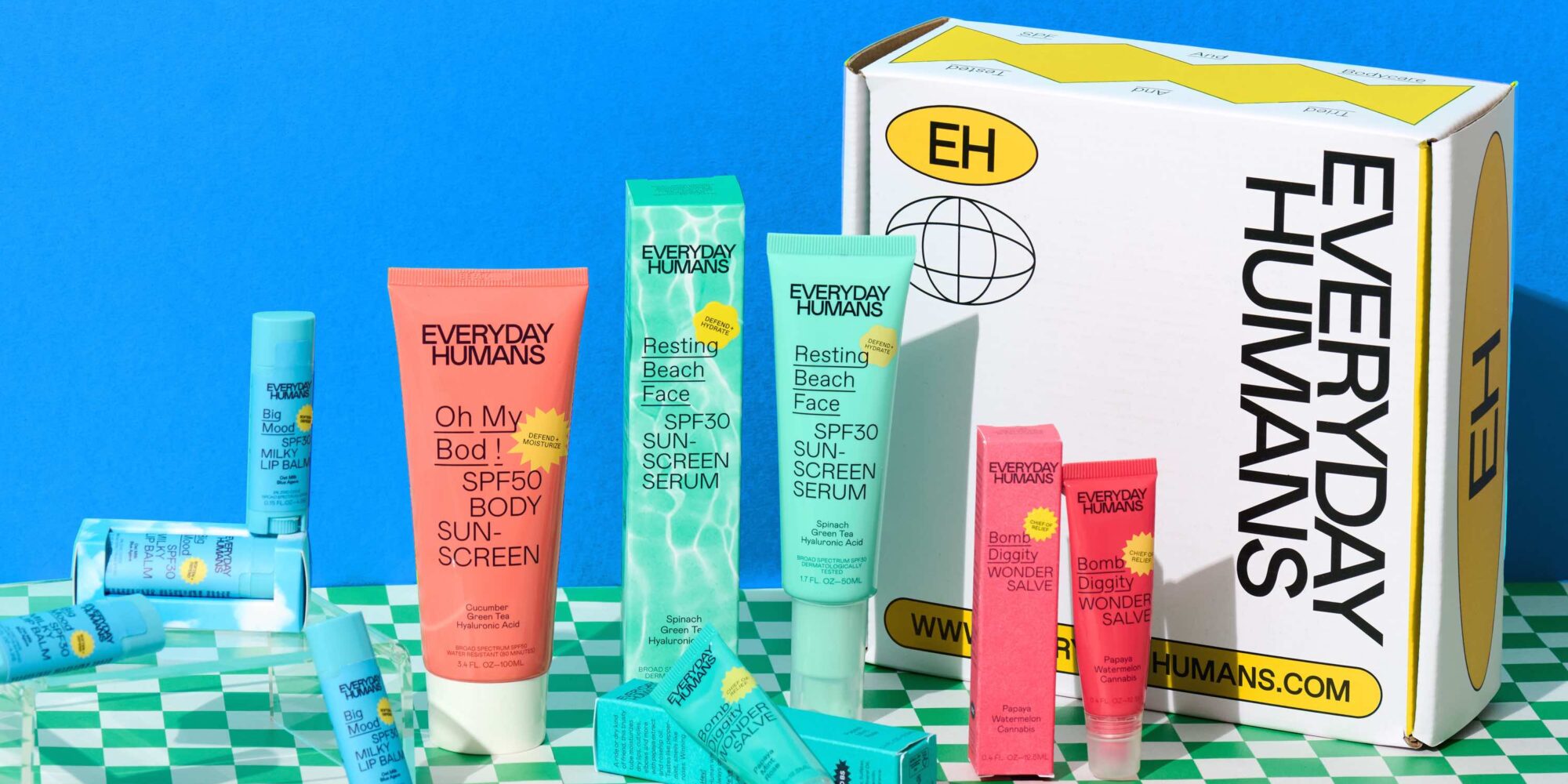
How Everyday Humans Founder Charlotte Pienaar Is Carefully Growing A Bootstrapped Brand Fitting Her Values At Major Retailers
The idea of “wokeness” has become a punching bag for politicians of late, but, in the beauty industry, Charlotte Pienaar argues it’s only growing in power among her brand Everyday Humans’ target audience of zillennials. “They are currently entering their prime spending decades, and they want to feel close to the brands they buy. They don’t want a brand that’s like, ‘Hey, I want to take your money.’ It needs to mean something,” she says. “I’m a millennial, and I want brands that fit my personal beliefs, and that’s even more amplified in the younger generation. It needs to be baked into a brand. You can’t fake it.”
Everyday Humans is baking in a number of core values—sustainability, inclusivity and formula safety are paramount—as it helps people not bake in the sun. The brand has built authority in the sun care category since its start in 2018 (SPF 30 sunscreen serum Resting Beach Face is its bestseller), but is now stretching from sun care to skincare. Launched last month, its first skincare product is Ease Up Watery PHA Oil Cleanser. In another major move, Everyday Humans recently entered 700-plus Target stores after breaking into Target online 10 months before. It’s also carried by Ulta Beauty, Free People, J.C. Penney, Urban Outfitters and Sephora in eight Asian countries. Beauty Independent spoke to Pienaar to get a sense of what it’s like to lead a bootstrapped brand trying to drive sales at major retailers and broaden beyond sun care.
About two years following the launch of your brand as Everyday for Every Body, you rebranded it to Everyday Humans. Why?
It was really fueled by my Target accelerator experience. I was one of 10 founders. I was the only Asian and only non-U.S. founder in the cohort. It was really cool to have the opportunity to get feedback from buyers to understand what it really takes to work with a big retailer. One of the major pain points was shelf appeal. In order for us to scale, we had to be shelf-ready. We needed to be able to stand out on the shelf and differentiate ourselves when we sit next to our competitors.
When you are in a dot-com environment, you can have customer reviews and people on social media praising your product, but, when you are on a shelf, you need to be able to show your legitimacy through a very small amount of surface area. As an example, we are pro-planet. How do we show that? Our unit carton says we are PETA certified, a 1% for the Planet member, certified plastic neutral and climate neutral. The information cues need to be about to demonstrate the points you want to make quickly. Don’t be too esoteric or creative. It should be genuinely easy when someone picks it up.
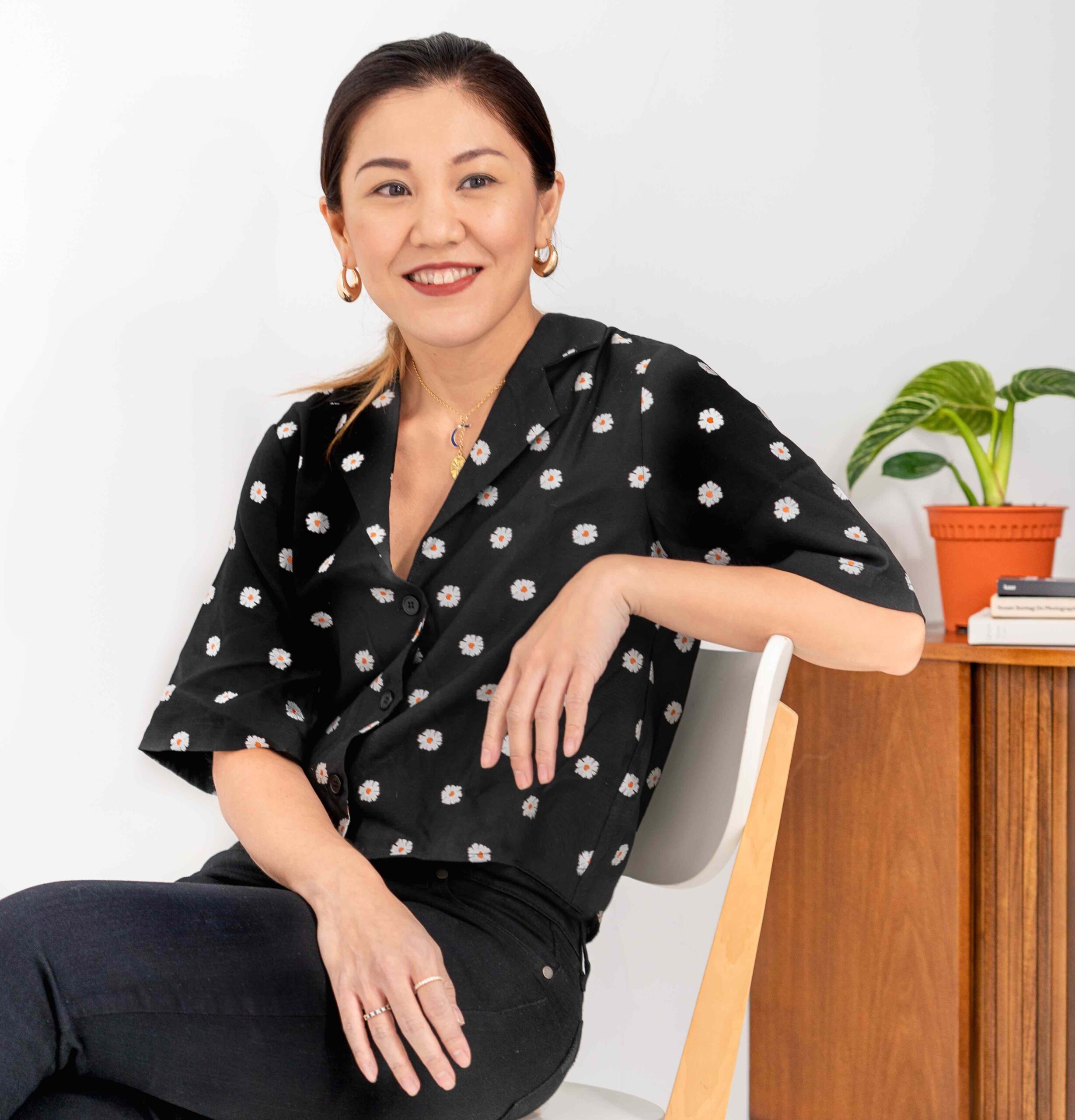
Everyday Humans touts itself as an inclusive brand. What does inclusivity mean to you?
Previously, inclusivity was a nice-to-have, but now it’s a must-have. My brand is called Everyday Humans for a reason. It’s a nonnegotiable that I have to be inclusive. I’m from Hong Kong, and I’ve lived in the U.S. and other places. I’m often an outsider and not in the country I’m from. I’m a third-culture person, and I created a brand that has that perspective. Maybe there’s a language barrier or my English isn’t perfect, but, you know, we’re all humans.
We started with the formula. We’re a sunscreen brand that’s minority-owned. The No. 1 pain point for sunscreens is the white cast. If I’m an inclusive brand, surely our product shouldn’t have a white cast. Resting Beach Face works across different skin tones, and we have proven that with the influencers that say the product genuinely works on their skin tone.
Of course, there’s a lot of marketing done around inclusivity. Like there’s greenwashing, there’s a lot of inclusivity washing, too. You can have three models—one Black, one white and one Asian—but that doesn’t make you inclusive. When we are marketing, we take special care to make sure it’s not going to be uncomfortable or offensive to certain people. Inclusivity is not just about skin tone, it’s about your gender preference and even your income situation. You can’t just be about skin tone. You need to consider other perspectives.
Resting Beach Face is your clear hero product. Do you have a second hero product?
Oh My Bod!, which is our sunscreen lotion, is our quiet hero that we don’t talk about that often. It’s an $18 sunscreen lotion that’s SPF 50. We wanted to make it feel more like a lotion than a sunscreen. You can use it as a body cream and, at the same time, it has strong enough efficacy that you can go surfing with it. It’s not scented like you are going to the beach. We wanted it to have a more prestige fragrance so that, when you are wearing it, you don’t feel like it’s a random sunscreen. We are about to relaunch our mineral sunscreen, and I believe that may overtake Oh My Bod! as our second hero.
How do you think about doing skincare versus sunscreen?
The anchor SKU brings the customer in. We want you to build a routine so that, if you start with Resting Beach Face, you will try something else. We are trying to find a happy medium between skincare and sun care. We position ourselves as a sun-led skincare brand that starts with sunscreen. We will be developing skincare that deals with issues you have from photo aging. It’s the cause of uneven skin tone, wrinkles and lack of moisture.
Our cleanser is our first foray into skincare. After you wear sunscreen, of course, you are going to remove it. We though after sun doesn’t just have to be an aloe vera mist. We wanted to develop a cleanser that effectively removed sunscreen, and residual makeup and grime and, at the same time, helps you exfoliate. We added a tri-acid complex with PHA, mandelic acid and lactic acid, and we also added upcycled green fig extract. Upcyling is where materials that are typically wasted have a second life. This upcycled fig extract comes from discarded fruit stones.
We have a test-and-learn approach to new launches. We launched our skincare about two weeks ago, and we’re going to launch a sunscreen in April. It’s about finding balance on when to launch what. Of course, sunscreen makes sense to launch during the warmer months. In the months that are colder, we will launch skincare.
We have a lot of data from influencers, and we launched a beta testing program when we were developing our cleanser. We went to the community to help us formulate and understand what they need and are thinking about. From that beta testing program, we wanted to build a club where we combine our affiliate program with 500-plus people with super fans to scale it to 1,000 members. Besides having an amazing internal resource to do surveying, we can activate CRM that rewards members with 10% commissions. People can help us formulate, access lab samples and products prior to launch. It helps us in product development and builds loyalty for the brand.
Do you think consumers know what an upcycled ingredient is?
There aren’t a lot of brands hero-ing upcycled ingredients. Brands paving the way for it are on the prestige side. Because upcycled ingredients can be more expensive, that’s why you haven’t seen them as much in mass. What I really wanted to show is that upcycled beauty doesn’t have to be prestige. You can have that approach in masstige.
I think consumers are confused about what it means. So, it definitely requires education. We are actually looking for upcycled certification for our ingredients so you can look it up to see what it means. But it’s not just about it being upcycled, it’s about it having brightening or moisturizing properties so there’s actually a value prop for the consumer.
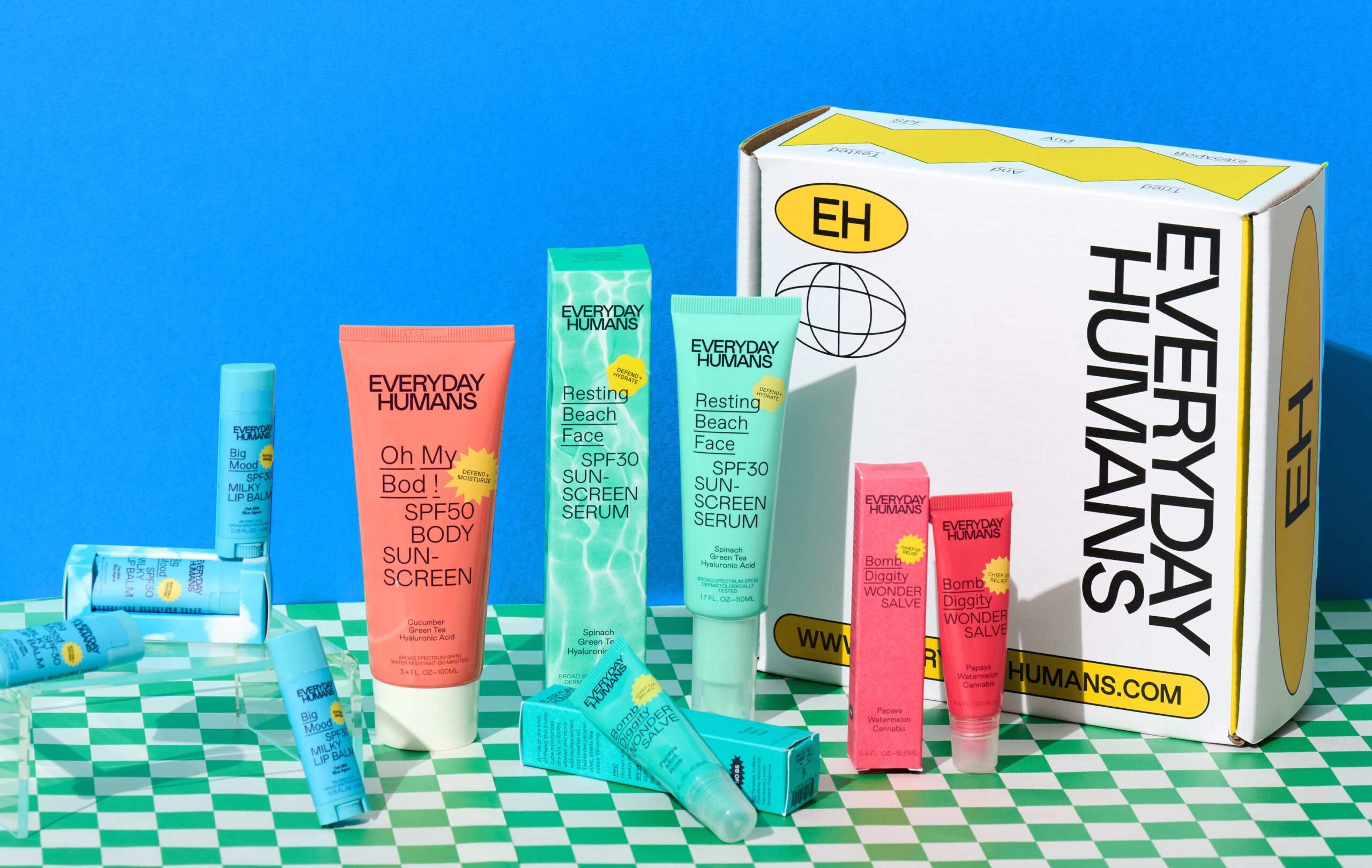
What are key elements of your marketing strategy to support Target?
A lot of the brands in Target are VC-backed. So, we have to work a lot smarter with our marketing dollars. We have to be very careful about spending money at the right time in the right place. We have geo-targeted ads around the locations we are in and retarget our ads to people who have shown interest in the brand, and do paid search and display ads where people are looking for us. We are rolling out quite a few campaigns in the summer.
The other thing we do is partnerships and collaborations with likeminded brands that share a similar audience. Some of the brands are already at Target, but not in beauty. We optimize our dot-com presence at Target. We need to have clean copy and import our reviews from our dot-com site over there. Then, we work with their coupon and Circle programs. The Circle customer app gives coupon codes, and we’re running programs with Target to get those offers out so that people can try at a discount and, hopefully, repeat purchase.
What’s a marketing tactic that’s really working for you?
Since we are a zillennial brand, one of our key pillars is influencers. We put a lot of effort into PR. We have a really high hit rate in terms of people posting about the brand when we send them products. For example, when we were designing our cleanser unboxing experience, we put a lot of thought and creativity into it. We could have just put the cleanser in, but we had a really well-designed towel and mirror with it. When you unbox it, it’s an explosion of colors.
When we are looking at the engagement and impressions that we get from our influencers, we notice that, because of the amount of effort we put in, the chance we get posts from unpaid influencers is really high. Because we can’t pay for every single person every single time, that’s a good hack with our limited budget. It sounds insignificant, but it really does make a huge difference.
What distribution opportunities to you have?
What’s really interesting is that, after our Target launch, we received a surprising amount of inbound interest from a range of stores and people in the U.K., Europe and Southeast Asia asking us if we are interested in selling our product in their respective countries. That means we have created something with global appeal. Of course, we want to be super strategic about how and where to scale. We are in the U.K. with Naturisimo and Beauty Bay. We are launching in a few other retailers we will be announcing in a few months.
In Asia, we are at Sephora in eight countries. They are a really amazing partner with us because they are the premier destination for beauty in Asia and having that credibility has built awareness that leads to others who want to bring us on board as well. Of course, the big opportunity is China. Although I live half an hour away, it does require a lot of upfront investment. We have to scale strategically and not go to market without knowing what it takes to be able to win.
We want to start with the U.S. and have a strong, deep relationship with Target as our anchor and work with one or two more major retailers in the U.S. Europe is the other opportunity really knocking on our door, and we will look at more opportunities there. For China, it will probably be a couple of years down the line when we’ve built enough momentum and capabilities, and have credibility in North America and Europe.
A lot of brands do really well in one place, but, when they go to another market, they flop. There’s a lot of cultural nuances to consider. In Asia, it’s humid and hot, and you have to consider how the formula actually works in this climate. Some Americans formulate for a dry climate, and products formulated that way can break you out here. I know about that because I live here.
Also, some jokes don’t translate here. As an example, it’s hard to explain Resting Beach Face because it’s a pun, but I won’t change the name. It’s such a great name. But knowledge and insight into the people in the countries you go into are very important. You can’t just blindly go into a country and throw some cash at an agency. You definitely need to do a lot of research on the consumers, the weather and the income brackets of people. Our brand is masstige in the U.S., but, at Sephora in Asia, we are an entry-level prestige brand, and the way we compete is very different.
What does it take to bootstrap a brand like yours?
It’s about being very focused on your cash conversion cycle. As a bootstrapped brand, cash is king. You have to be able to cover operating expenses while being able to scale the brand with inventory and marketing. You have to not chase breakneck growth, but, instead, have sustainable growth that you can afford. It’s not like VC brands with extreme KPIs like 500% year-on-year growth. What we want to do is be more sustainable and focus on the cash conversion cycle. The second is to focus on profitability. Because we are super careful about how we spend, we are going to be profitable this year.
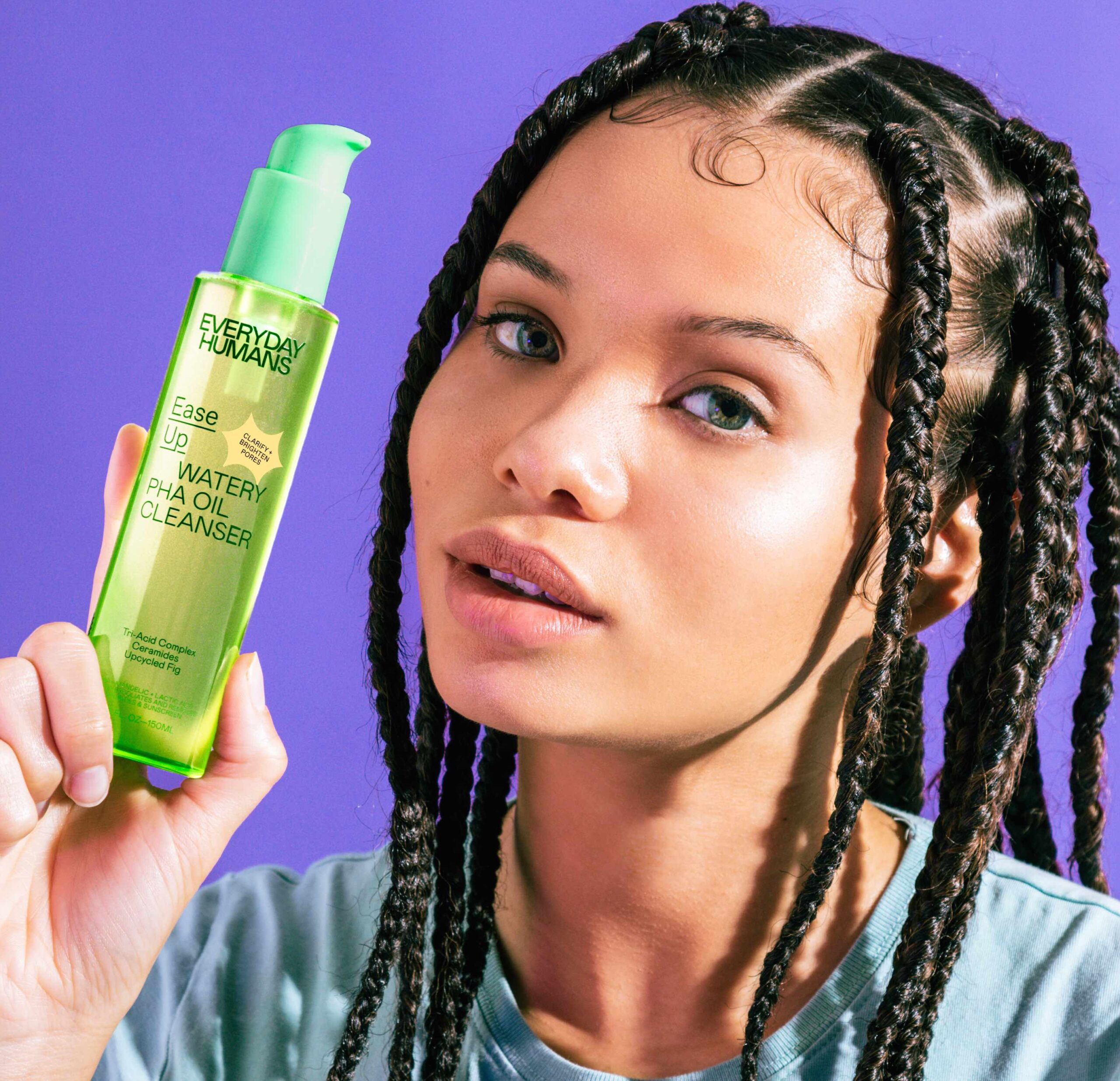
How does Amazon play in your distribution?
Retail is our anchor at the moment. What we are trying to do is strengthen our DTC site from the cash we have from retail. We are revamping the website very soon for a better user experience so we can provide drops exclusive to our dot-com site. Amazon right now services people who already know about the brand, and they don’t want to go to a store to pick it up or they want to bundle it with their other Amazon purchases.
Discovery is difficult. It’s very competitive on Amazon, and it’s hard to carve out a business in the sun category because the bigger players are spending a lot more money on key words. I think some of the beauty brands that do well on Amazon or in sleepy or first-mover categories, and the key words in their categories aren’t super competitive. They can double down on them. For example, acne is a sleeper category that had early movers, and they could grow their brands from one thing they created that was niche into bigger brands.
What’s the hardest thing for you to deal with as you build the brand?
Self-doubt is a big thing. I don’t know if I’m doing this right. I hope our educated guesses work. When you have hard days, you need to be able to pick yourself back up and move on. Every stage of the business is a different stage. When I spoke to Beauty Independent last in 2020, it was a completely different business than it is now because we are at different top-line revenue.
Previously, we were a shiny new object, and there’s was lots of excitement. Now, we don’t want to be a one-hit wonder. We want to be able to be sustainable and continue the innovation so consumers still feel the brand is fresh and relevant. A lot of startups have a lot of attention in the first year or two, but it fizzles out because they may not be able to change or innovate—and that’s really hard. At Everyday Humans, we do a lot of trend forecasting to know what is the next big thing, and you have to make a call on it to pave your way forward so you aren’t lagging while other people are innovating.

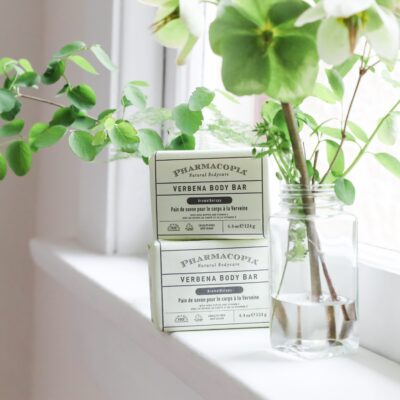
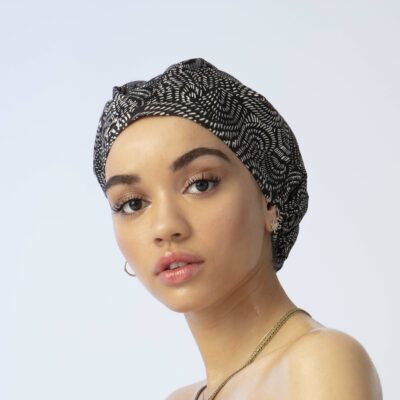
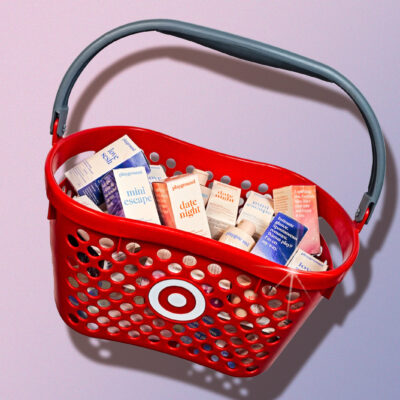

Leave a Reply
You must be logged in to post a comment.